Regulatory Compliance
Regulatory compliance regarding building materials and coatings is becoming increasingly stringent, which appears to be a significant driver for the Exterior Architectural Coating Market. Governments worldwide are implementing stricter guidelines to ensure that coatings meet safety and environmental standards. This regulatory landscape compels manufacturers to invest in research and development to create compliant products. In 2023, it was estimated that approximately 40% of manufacturers faced challenges in meeting these regulations, highlighting the need for innovation in the sector. As compliance becomes a priority, the market for compliant exterior architectural coatings is expected to grow, as consumers and contractors seek products that adhere to these evolving standards.
Technological Innovations
Technological advancements in coating formulations and application techniques are significantly influencing the Exterior Architectural Coating Market. Innovations such as self-cleaning coatings, which utilize nanotechnology to repel dirt and grime, are gaining traction among consumers and contractors alike. These advanced coatings not only enhance aesthetic appeal but also reduce maintenance costs, making them an attractive option for property owners. In 2023, the market for high-performance coatings, which includes these innovative solutions, was projected to grow at a CAGR of 5% over the next five years. This growth suggests that as technology continues to evolve, the demand for sophisticated exterior coatings will likely increase, further driving market expansion.
Sustainability Initiatives
The increasing emphasis on sustainability within the construction sector appears to be a pivotal driver for the Exterior Architectural Coating Market. As environmental regulations tighten, manufacturers are compelled to innovate and produce eco-friendly coatings that minimize harmful emissions. This shift is reflected in the growing demand for low-VOC and water-based coatings, which are perceived as safer alternatives. In 2023, the market for sustainable coatings was estimated to account for approximately 30% of the total exterior architectural coatings market, indicating a robust trend towards environmentally responsible products. Furthermore, the integration of recycled materials in coating formulations is likely to enhance the appeal of these products, aligning with the broader sustainability goals of the construction industry.
Urban Development Projects
The ongoing urbanization and infrastructure development projects are likely to serve as a catalyst for the Exterior Architectural Coating Market. As cities expand and new residential and commercial buildings emerge, the demand for high-quality exterior coatings is expected to rise. In 2023, it was reported that urban areas accounted for over 55% of the total construction spending, underscoring the importance of urban development in driving market growth. Additionally, the need for durable and weather-resistant coatings to protect structures from environmental elements is becoming increasingly critical. This trend indicates that as urbanization continues, the exterior architectural coatings market will likely experience sustained demand, particularly in regions undergoing rapid development.
Aesthetic Trends in Architecture
The evolving aesthetic preferences in architecture are likely to influence the Exterior Architectural Coating Market significantly. As design trends shift towards more vibrant colors and unique finishes, the demand for specialized coatings that can achieve these effects is expected to rise. In 2023, it was noted that decorative coatings represented around 25% of the total exterior architectural coatings market, indicating a strong consumer interest in aesthetics. Furthermore, the rise of social media and digital platforms has amplified the visibility of architectural designs, prompting homeowners and builders to seek out innovative coatings that enhance visual appeal. This trend suggests that as aesthetic preferences continue to evolve, the market for exterior architectural coatings will likely adapt to meet these changing demands.



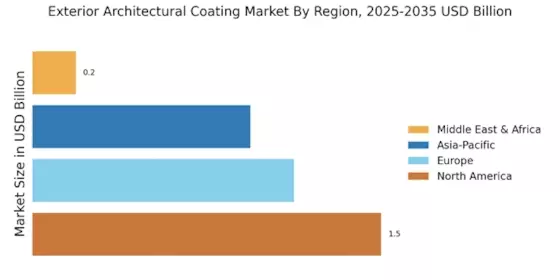
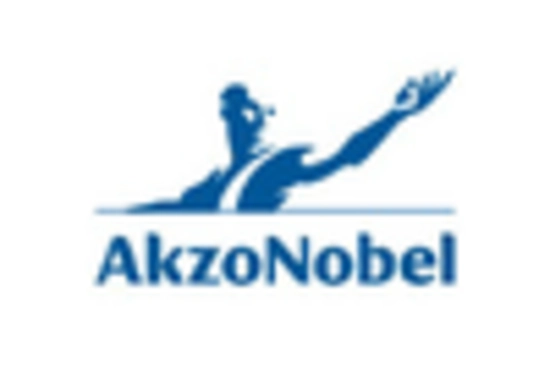

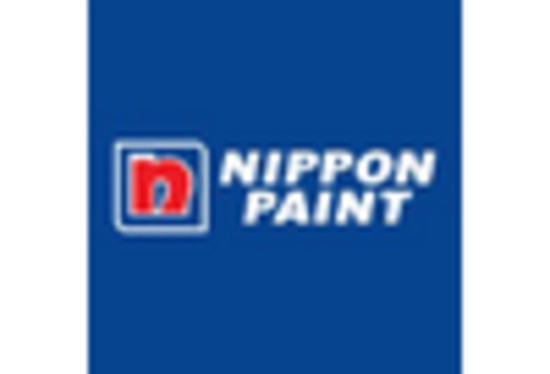

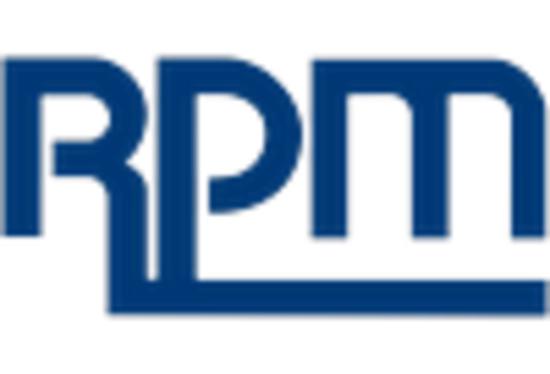
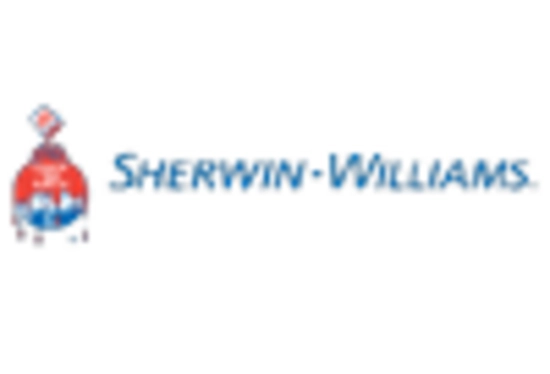








Leave a Comment